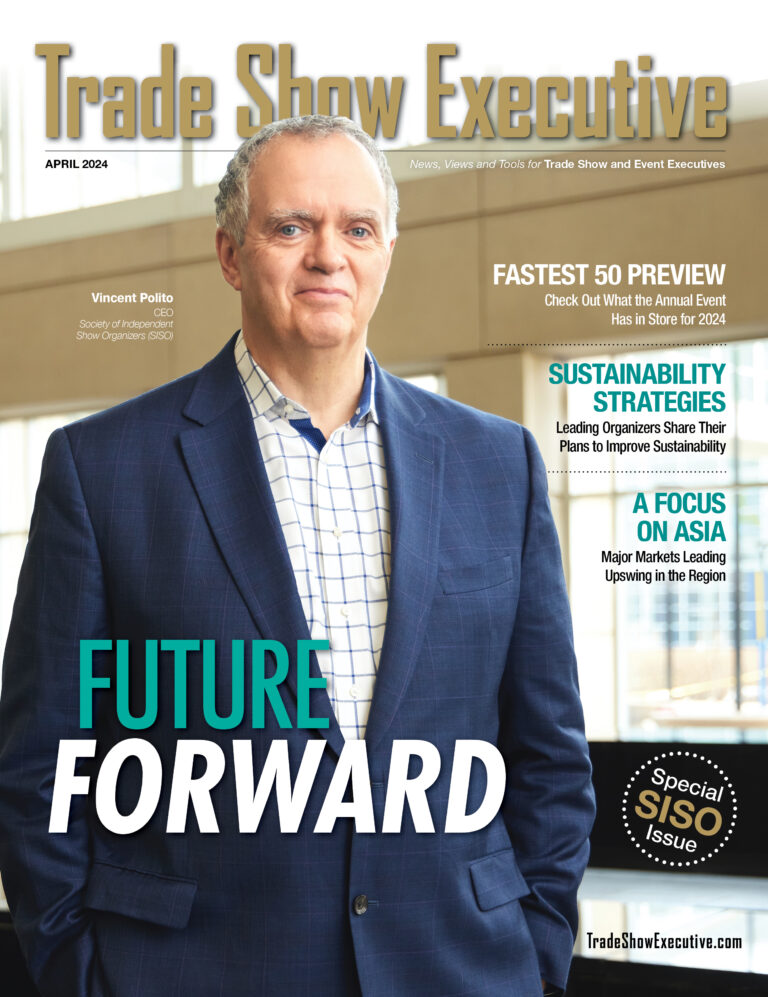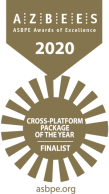 Expo! Expo!, held virtually for the first time December 8-10 by the International Association of Exhibitions and Events (IAEE), included several sessions on transitioning from this year’s virtual meetings to next year’s (hopefully) in-person/digital hybrid events. During one of these sessions, Jeff Youngs, VP of Events and Executive Producer at GES Events, shared the positives and the negatives of the new hybrid reality with attendees.
Expo! Expo!, held virtually for the first time December 8-10 by the International Association of Exhibitions and Events (IAEE), included several sessions on transitioning from this year’s virtual meetings to next year’s (hopefully) in-person/digital hybrid events. During one of these sessions, Jeff Youngs, VP of Events and Executive Producer at GES Events, shared the positives and the negatives of the new hybrid reality with attendees.
Reach and awareness are two of the main benefits of hybrid technology. “It has opened events to more people than ever before, and we have seen a tenfold jump in attendance,” said Youngs. “More people are attending, and now entire staffs can attend when, before, just one or two delegates would be there.”
Content can now live on the web for months or even years, after an event, and be used by companies for many purposes, such as onboarding. Online learning is highly successful in this format. And now, live dashboards offer insights into how attendees are interacting with this content in real time.
Hybrid meetings will make live events accessible to those people who can’t or won’t travel, transforming them into safe events for all.
Related. Organizers Pull Together First-Ever Virtual Event Tech Live in a Month
On the downside, hybrid events don’t compare to live events when it comes to networking. In some online exhibits, people who are seriously looking to buy are finding their vendors and doing business, “but those happenstance encounters that you would have at a trade show are just not there.”
Distractions are rampant with people working from home, from Netflix and Amazon to the family — even the pets. “When you go to a live event, you’re there and you can forget about the rest of the world for a couple of days,” Young said.
The old model for live event programming doesn’t translate online. “A 45-minute keynote doesn’t work. You need to break it up with panels or video. We are going to need to take our cues from morning TV shows and sports and bring in shorter, more engaging, more highly-produced content.”
Organizers of hybrid events will also need to consider how to bring the people who are online into the live settings, perhaps using a Zoom room or assigning in-person ambassadors to team up with the virtual attendees. “We’ve all heard of the fourth wall used in film and theater, which is when a character looks directly at the camera. Now there’s a fifth wall—between the in-person meeting and the online audience.”
Reach Jeff Youngs at jyoungs@ges.com.











